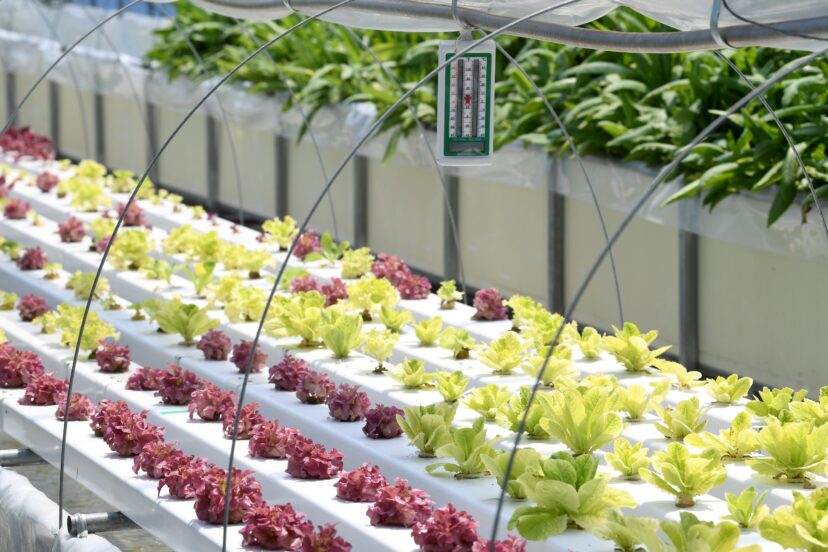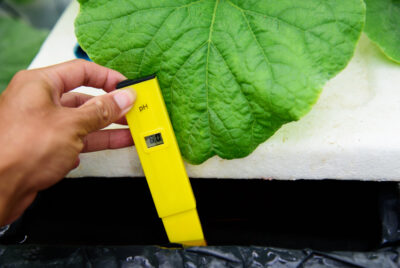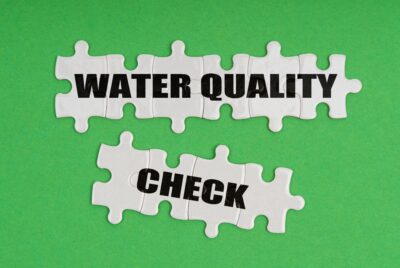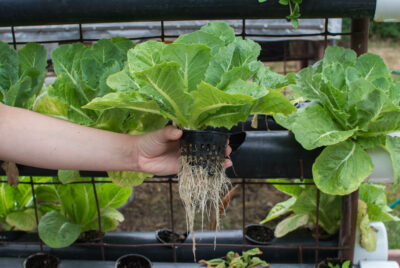Hydroponic Temperature Control
We may earn a commision from purchases made using our links. Please see our disclosure to learn more.
Understanding Hydroponic Temperature Control.
What is monitoring and adjusting hydroponic temperature all about?
Fundamentally, hydroponic temperature control is the regulation of heat within the environment where your plants grow. It involves maintaining the water, air, and nutrient solution at the ideal temperatures to promote optimal plant health and productivity. Indeed, this control is vital because plants have specific temperature ranges where they perform photosynthesis best, absorb nutrients efficiently, and more importantly, resist pests and diseases.
How Temperature Affects Hydroponic Systems
Consequently, temperature swings can make or break your hydroponic garden. When temperatures rise too high, plants become stressed, leading to wilting, reduced nutrient uptake, and additionally, a heightened risk of root rot due to decreased oxygen levels in warmer water. Conversely, too cold temperatures can slow down growth, hinder nutrient absorption, and even, damage plant tissue.
Optimal Temperature Ranges for Hydroponic Gardens
Vegetative vs. Flowering Stage Temperature Needs
During the vegetative stage, most plants thrive at slightly warmer temperatures, typically between 68°F to 77°F (20°C to 25°C), fostering vigorous growth and strong root development. As they transition to the flowering phase, a slight drop in temperature can further help promote robust flower formation.
Temperature Preferences for Common Hydroponic Plants
Moreover, each plant species has its sweet spot for temperature. Leafy greens like lettuce and spinach prefer the cooler end of the spectrum while fruiting plants such as tomatoes and peppers enjoy a bit more warmth. Hence, knowing the preferences of each plant in your hydroponic garden is key to tailoring your temperature control strategies effectively.
Tools for Hydroponic Temperature Control
Thermometers and Thermostats
Initially, investing in accurate thermometers and thermostats is the first step in taking command of your hydroponic garden’s temperature. These tools provide the data you need to make informed decisions and subsequently, maintain the delicate balance your plants rely on.
Heating Solutions
Regarding heating, options for your hydroponic garden range from submersible heaters for your nutrient reservoir to heating mats that gently warm the root zones of your plants. Selecting the right heating solution depends on the size of your setup and the specific needs of your plants.
Cooling Solutions
Similarly, to cool your hydroponic system, you might employ tactics such as increasing air circulation with fans, using water chillers, or strategically shading your system to protect it from excessive heat.
Implementing Hydroponic Climate Control
Insulation Techniques
Insulation is your silent sentinel in the fight against temperature fluctuation. It’s essentially about creating a stable environment where external temperatures are less likely to intrude upon your controlled indoor garden space. This could mean wrapping insulation around your nutrient reservoir, ensuring that your grow room has proper thermal insulation, or perhaps, using reflective materials to ward off excessive heat from lighting systems.
Water Temperature Management
The roots are the lifeline of your plants, and they’re particularly sensitive to temperature. Maintaining the nutrient solution within the ideal range of 65°F to 70°F (18°C to 21°C) promotes healthy root function and also prevents unwanted pathogens. Utilizing a hydroponic water chiller or heater can be a precise way to manage this, but even simple methods like adjusting your water change schedule to cooler times of the day can make a difference.
Room Temperature Management
Controlling the ambient temperature of your grow room is just as crucial. It affects everything from transpiration rates to the efficiency of your nutrient uptake. Air conditioners, fans, and even strategic ventilation can be used to maintain a consistent temperature.
Troubleshooting Common Hydroponic Temperature Control Issues
Overheating and Its Effects
Overheating can lead to a plethora of problems in a hydroponic system. If your plants are showing signs of heat stress, it’s time to assess and adjust your cooling methods promptly.
Hypothermia in Plants
Just like overheating, plants can suffer from being too cold. When temperatures drop too low, growth can stall, and plants can experience shock. It’s essential to monitor your system closely and have a reliable heating strategy ready to implement if temperatures unexpectedly fall.
Balancing Humidity and Temperature
Humidity and temperature go hand in hand. High humidity can compound the effects of high temperatures, and low humidity can exacerbate the cold. Employing dehumidifiers or humidifiers in your grow room can help you maintain the balance, ensuring your plants are not only at the right temperature but also enjoying the moisture levels they need to thrive.
Energy Efficiency in Temperature Control
Using Renewable Energy Sources
As we grow more conscious of our environmental footprint, soil-free gardeners are turning to renewable energy to power their temperature control systems. Solar panels, for instance, can be a great way to run water heaters or coolers without relying on the grid. By harnessing the power of the sun, which ironically is also a source of heat, you can maintain your garden’s temperature sustainably.
Energy-saving Tips for Hydroponic Gardeners
Energy efficiency isn’t just good for the planet; it’s also kind to your wallet. Simple practices such as using insulated covers for your nutrient reservoirs, installing energy-efficient LED grow lights that produce less heat, and timing your temperature control systems to run during off-peak hours can lead to significant savings over time.
The Future of Energy-efficient Hydroponic Climate Systems
Upcoming Trends in Hydroponics
The horizon of hydroponics is always expanding, with new technologies emerging that promise to make temperature control more automated, accurate, and integrated. From smart systems that adjust temperatures based on real-time data to new materials that better regulate heat, the future is ripe with potential for the indoor gardener.
The Role of AI and Machine Learning
Artificial intelligence and machine learning are not just buzzwords; they are becoming integral to advanced hydroponic systems. Technologies like IoT devices for hydroponics can analyze patterns in temperature fluctuation and predict the best settings for your garden, making real-time adjustments that optimize plant growth.
Conclusion and Key Takeaways
As we wrap up our exploration of hydroponic microclimate management, it’s clear that maintaining the right temperature is a balancing act that requires attention, innovation, and a willingness to adapt. By understanding the needs of your plants and the tools at your disposal, you can create a thriving hydroponic garden that stands the test of time and temperature. Remember, the warmth your garden needs is not just physical but also the passion and dedication you bring to nurturing your plants.
FAQs:
What is the ideal temperature range for a hydroponic system?
The ideal temperature range is typically between 65°F to 80°F (18°C to 27°C)
Can hydroponic plants recover from temperature stress?
Yes, plants can recover from temperature stress if the issue is corrected quickly and the plants are otherwise healthy.
How often should I check the temperature in my hydroponic garden?
It’s best to monitor the temperature continuously with a thermostat.
Is it worth investing in a water chiller for my hydroponic system?
If you live in a hot climate a water chiller can be a valuable investment.
Can I use household fans to manage the temperature in my hydroponic garden?
Yes, household fans can improve air circulation and help manage temperatures, especially in smaller setups.





Comments are closed.